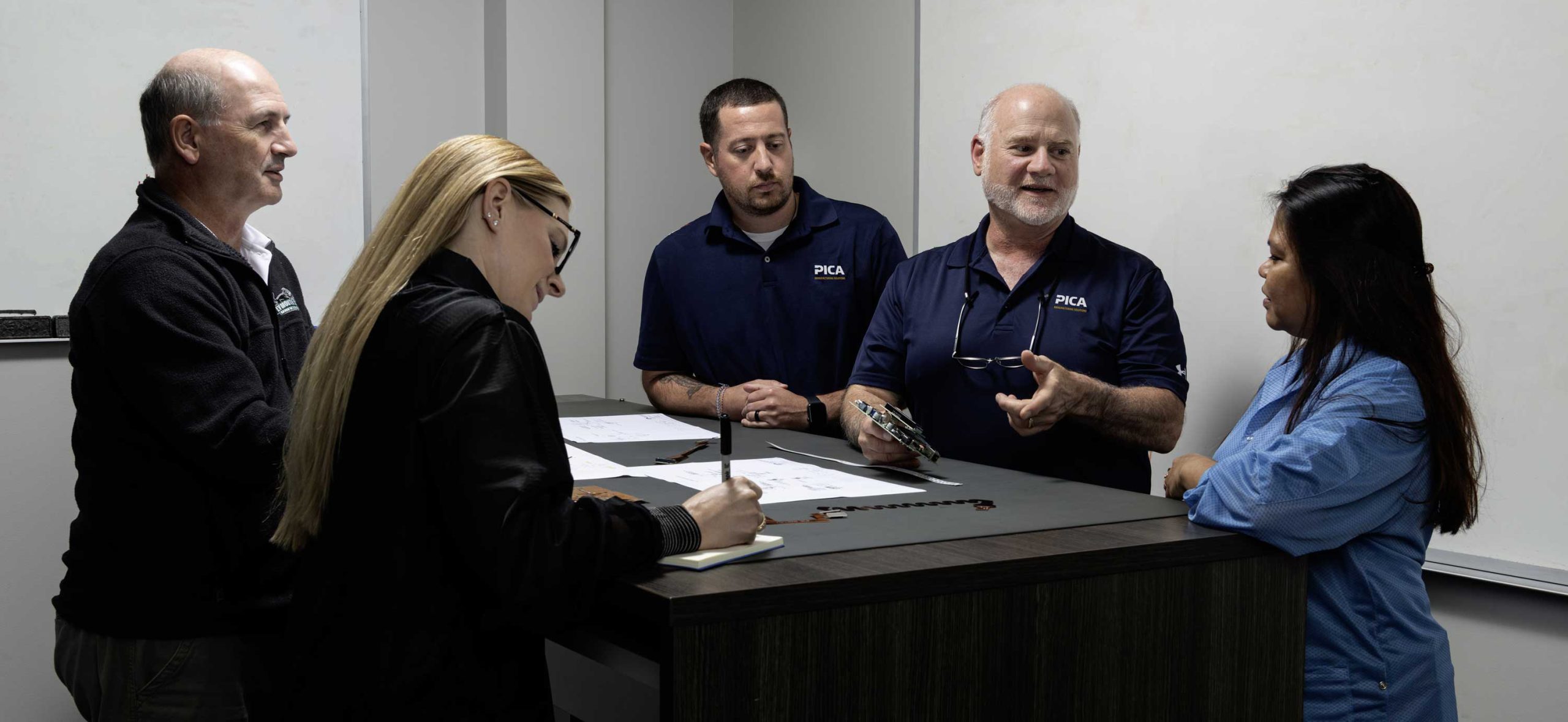
In the mid-1990s, the landscape of electronic manufacturing in the United States was thriving. The rapid growth of telecommunication infrastructure and the increasing demand for portable electronics and automotive applications created a fertile ground for companies to expand their capacity and experience low unemployment rates. Research and Development (R&D) departments were overflowing with funding, and a highly talented workforce was readily available to provide technical support and drive innovation.
However, as we fast forward to today, the situation has drastically changed. Electronic manufacturing has predominantly shifted to Asia, leaving American designers without the necessary expertise and support they once had. Despite this shift, the United States remains a nation of innovators, with millions of college graduates eager to transform fresh ideas into groundbreaking products.
In response to the changing dynamics of the industry, there has been a growing focus on Design for Manufacturing (DFM), with quality improvement methods such as Gemba Kaizen and Six Sigma gaining prominence. These methodologies aim to optimize the manufacturing process by considering the manufacturing constraints during the design phase itself. However, with manufacturing now thousands of miles away from design, a crucial question arises: who will assist the designers in achieving more efficient manufacturing processes?
The era of outsourcing and offshoring has undoubtedly brought its own set of challenges. Language barriers, cultural differences, and the inconvenience of time zones and late-night conference calls have become common hurdles to overcome. However, the most significant challenge faced by designers today is the disconnection between them and the manufacturers. The physical separation between design and manufacturing processes has created a gap that needs to be bridged for the successful realization of innovative ideas.
Effective Design for Manufacturing (DFM) ensures cost efficiency, reliability, and streamlined production. Learn how to optimize your PCB designs for manufacturability.
Recognizing this need, companies like PICA Manufacturing Solutions have emerged as invaluable allies, serving as the vital link between US innovation and Asian manufacturing. These companies specialize in providing the necessary expertise, support, and collaboration to designers who are eager to bring their ideas to life. By acting as intermediaries, they facilitate communication, ensure seamless coordination between designers and manufacturers, and help streamline the entire manufacturing process.
With their extensive network of resources and knowledge in both the US and Asian markets, companies like PICA Manufacturing Solutions play a crucial role in overcoming the challenges posed by the geographical separation of design and manufacturing. By leveraging their expertise, designers can achieve more efficient manufacturing processes, optimize product quality, and ultimately bring their innovative ideas to the market faster and more effectively.
In conclusion, although the landscape of electronic manufacturing has undergone a significant shift over the years, the United States remains a hub of innovation. The rise of quality improvement methods, coupled with the need to bridge the gap between designers and manufacturers, has led to the emergence of companies like PICA Manufacturing Solutions. These companies serve as the vital link, ensuring that American designers have the necessary expertise and support to navigate the challenges of manufacturing in an increasingly globalized industry.
